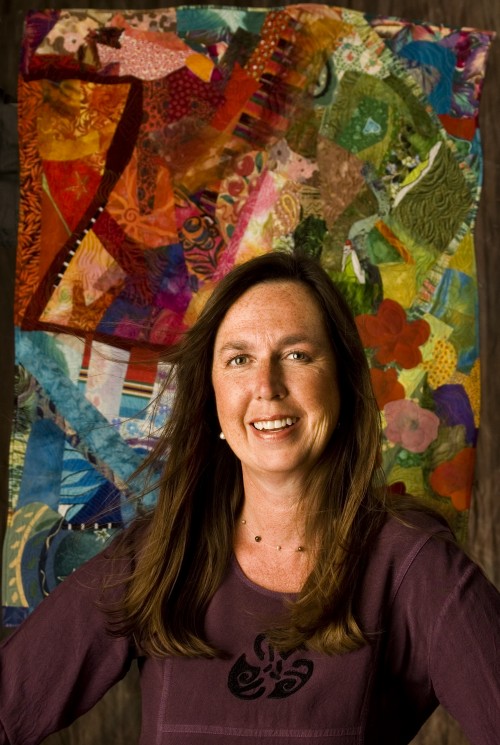A couple of weekends ago, I drove south to meet my youngest sister, Kristin, at the Phoenix airport. We’d hatched a plan a few weeks prior for her to fly from St. Louis to surprise Dana, our middle sister on her 50th birthday and our mom for Mother’s Day. We haven’t all been together for Mother’s Day since I left home in 1976. It felt momentous.
We had to lie to pull off the surprise: I pretended to be so swamped with work that I couldn’t make the drive south to Tucson. Kris pretended to be home when she was really on her way to the airport. Lies in the service of good.
Of course, the truth is not always clear. We more often need some wiggle room, like in budgets and recipes, but instead we get the rigidity of religion and law.
Even though the natural world has rules—like certain plant species having parts in multiples of three or four or five—the truth of it isn’t always apparent. When I draw an iris silhouetted against a rock wall in my back yard, it will look different every time depending the angle and the time of day and the age of the bloom. If I make a figure drawing, I might not draw two arms, even though they’re both there. My perspective has more to do with what I see, than it does with the truth of the model’s body.
In the studio I pinned up a newspaper clipping several years ago about the painter, Wayne Thiebaud. The article includes a now-yellowing image of a Thiebaud landscape that portrays many views of a California farm valley. An aerial view of the landscape divides the picture plane, and vignettes tucked within those spaces describe the details. It’s an inventive and interesting solution to portraying both the big picture and the rich particulars of a place.
A few days ago at the Northern Arizona Book Festival, I participated in a group panel discussion about cross-discipline creativity. In preparing, I found this paragraph I’d written some time back:
No matter what, a photograph or a drawing is not the object itself. Writers say the way to tell a good story is to rely on authentic details, but not all the details get written in….Details trigger our own observations and experiences to authentically convey some thought or idea.
As the panel progressed, the discussion came around to how creative people use metaphor, how metaphor becomes a shorthand of sorts, a way of assisting our minds in making synaptic leaps between the details.
Consider word association games. I think: “timer, baking, kitchen, oven, hotpad, apron, grandmére” and that leaves me feeling calm and comforted by images of my grandmother. You might have a different reaction: “timer, classroom, essay test, failing grade” and feel stressed out and anxious.
That’s an extreme example, but the point is we each react slightly differently to the same stimuli, based on our life experience and the situation at hand.
The truth is that’s what makes us unique, and ultimately why we connect to certain pieces of writing or art or dance. When my writing or artwork taps into the power of your memory, it makes my work powerful.
I lay down the dots and you connect them.
Impressionist painters figured this out more than 100 years ago, knowing that their viewers would supply the details they left out. Post-impressionist Georges Seurat’s paintings took that knowledge one step further when he painted “A Sunday Afternoon on the Island of La Grande Jatte.” He understood optical mixing of color. The result was pointillism, a painting technique that relies on the brain’s ability to literally connect the dots.
Our brains so love to connect the dots, maybe as a way of filling the vacuum of empty space from which arises the very best ideas and creative work. Better to be a bit uncomfortable, live with the ambiguity, see what interesting stuff arises from those empty spaces.
An old case for a Polaroid camera sits on a shelf in my studio. The outside is a warm butterscotch leather, with maroon velvet inside, and a solidly made long leather shoulder strap. I bought it at a secondhand shop simply because I liked it. It still sits empty in the studio, waiting for the right thing to put into it. But maybe it’s just a container, empty and available, a box for keeping possibilities.

